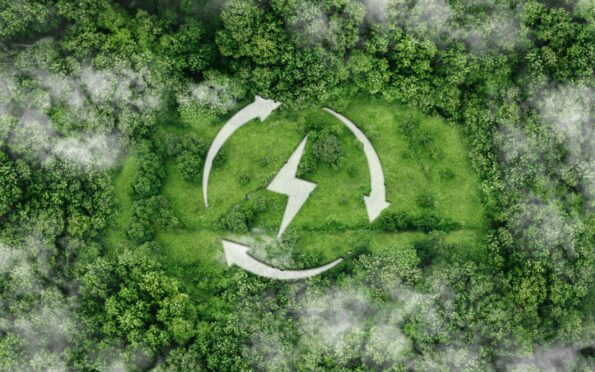BGF’s first Scottish investment was in the north east in 2012, and its commitment to the area means it has supported many genuinely world-leading businesses and management teams since.
Some Press and Journal online content is funded by outside parties. The revenue from this helps to sustain our independent news gathering. You will always know if you are reading paid-for material as it will be clearly labelled as “Partnership” on the site and on social media channels. This can take two different forms. This means the content has been paid for and produced by the named advertiser. This means the content has been paid for and approved by the named advertiser but written and edited by our own commercial content team.
“Presented by”
“In partnership with”
Amidst the challenges and opportunities of the energy transition, having a patient investment partner allows businesses to take long-term decisions and navigate the inherent uncertainty of an emerging market.
There is rightly a quiet confidence that decades of core oil and gas skills developed in the north east will translate well to other forms of energy. It is the uncertainty on pace of change that provokes business hesitancy and throws up challenges to scale.
Reduced spend in day-to-day North Sea oil and gas activity means significant adjustments for many businesses – pivoting to overseas markets like the Middle East or Asia, where many companies are seeing real growth, or to other market sectors. If the North Sea tailing off first has one silver lining, it’s that it is at the forefront of what comes next, especially when it comes to decommissioning. Previous investments in Glacier Energy and FrontRow show that the right backing drives growth in this space.
The key word is transition – as well as ensuring the most carbon and cost-efficient production to fuel renewables projects and ensure energy security – north east businesses can define the decommissioning market and lead the world in floating offshore wind
Fixed bottom offshore wind is already well-established, with the UK leading the market for deployment. Companies like Sulmara (which BGF recently invested in) are already building very successful businesses here.
Floating offshore wind provides more technical challenges, but plays to Aberdeen’s strengths in mooring systems, subsea engineering and back-deck equipment. We expect service sector intensity to increase significantly, both as fixed bottom developments age and require maintenance, but particularly with floating offshore wind.
There are significant opportunities ahead, but without the right financial firepower, many companies could be side-lined, particularly when fluctuations in global energy markets, regulation, government support mechanisms and the relative commercial attractiveness of floating offshore wind vs other renewable technologies can all be barriers to entry.
BGF partners with founders and management teams to add value and enable growth plans or M&A, without taking control. We’re long-term investors far less constrained by traditional private equity investment cycles. This was particularly important when enabling successful exits for north east businesses like STATS Group, Petrotechnics, ROVOP, FrontRow and Aubin Group, which delivered strong returns for shareholders.
To be effective at this point in the transition, companies in the north east need capital but – given uncertainty around timelines and project pipelines – it should come from patient investors like BGF who can finance a variety of growth strategies and can secure a strong exit at the right time.


Conversation